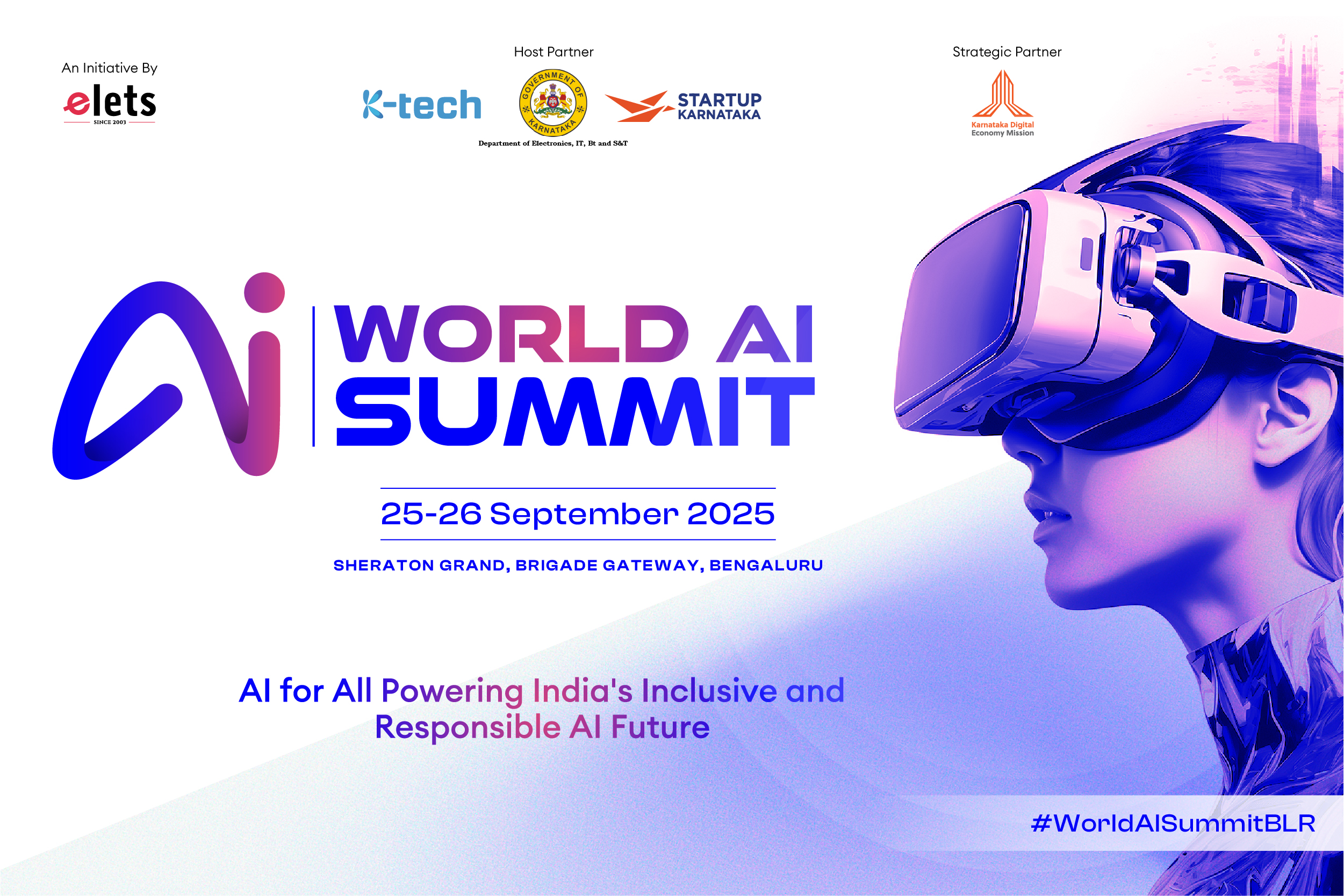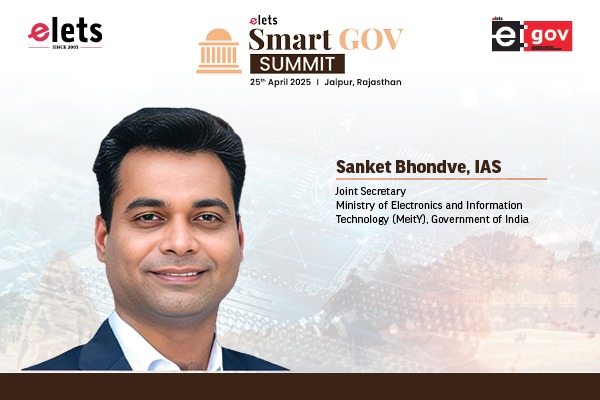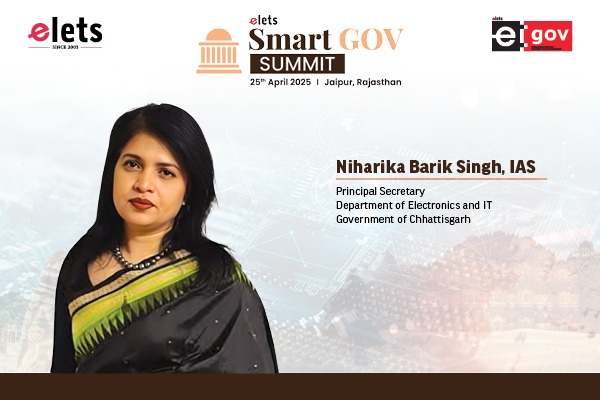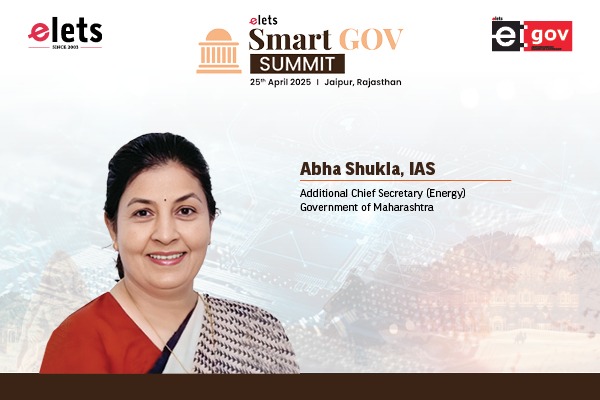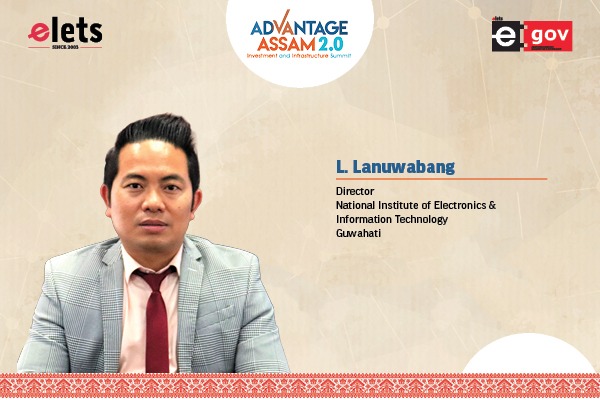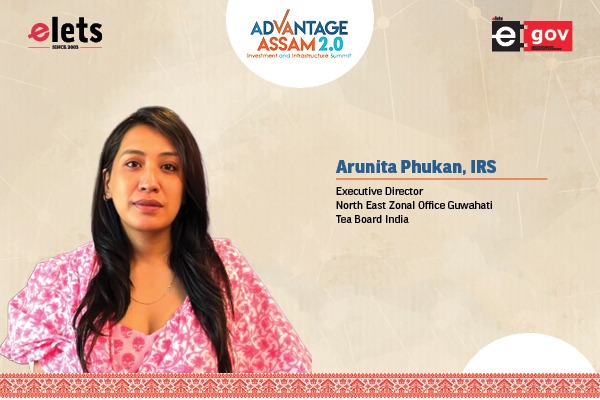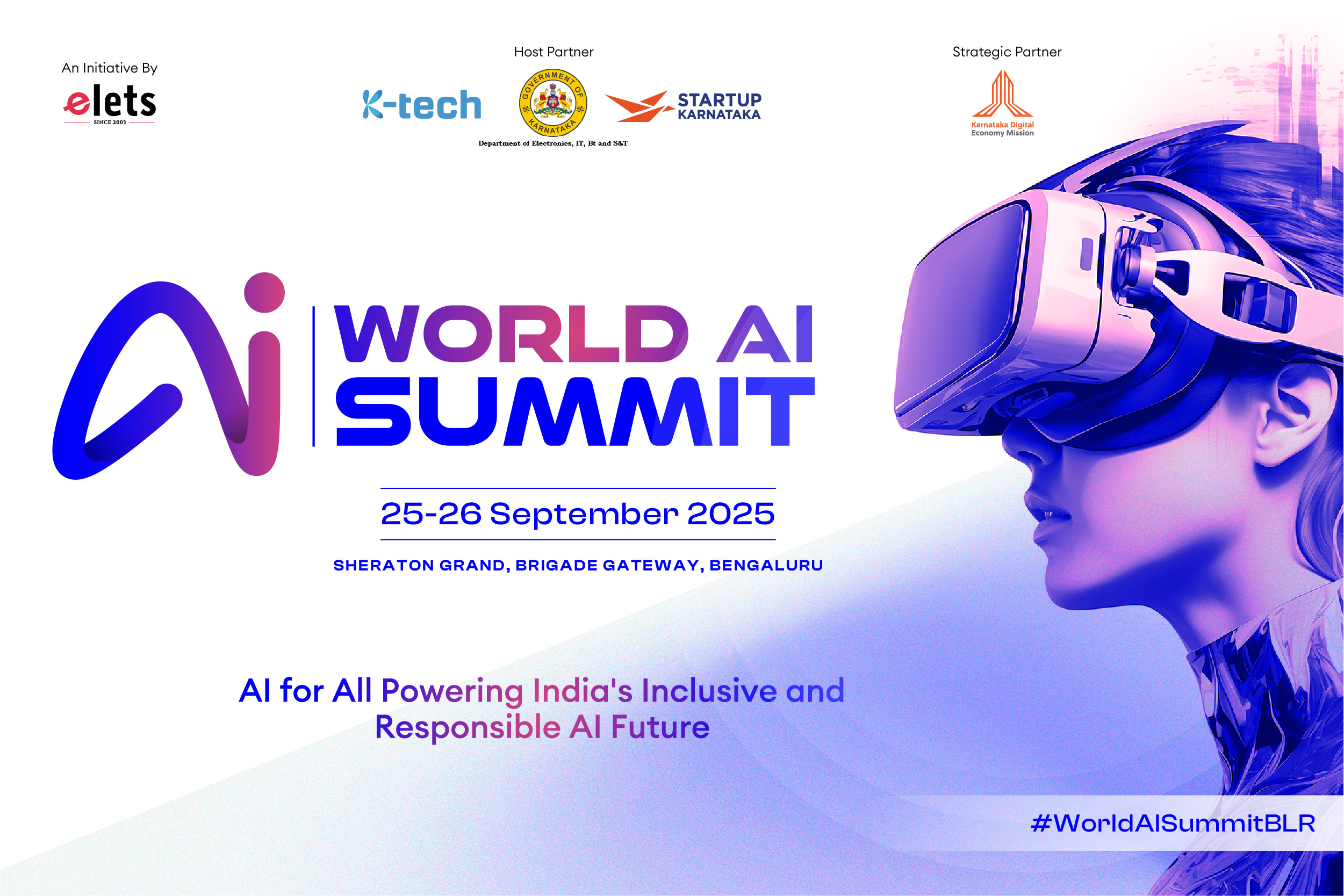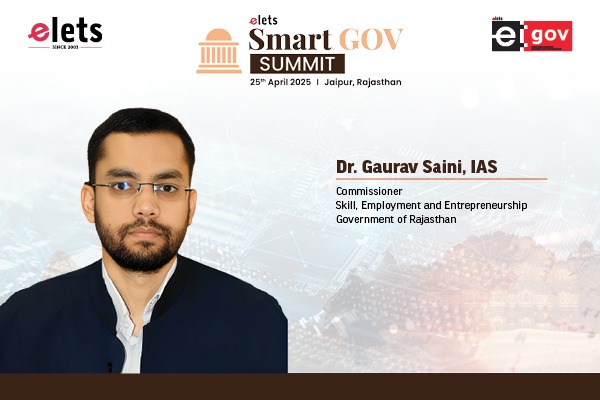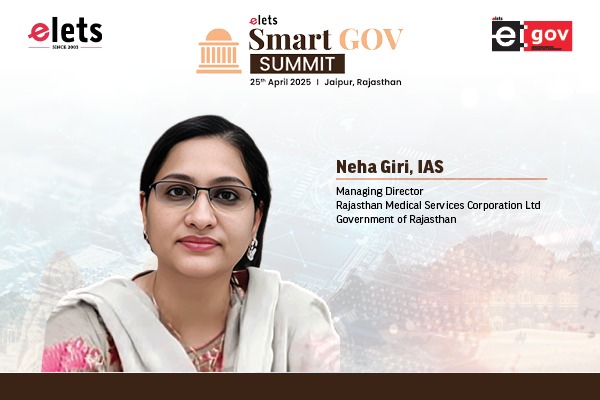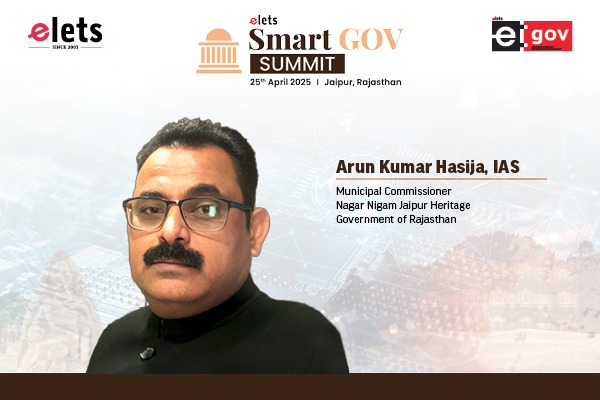 Once the new legislation on e-Services for public is passed, all government departments will have to issue a framework within six months on services to be digitised and formats to be adopted, along with a cut-off date for completing the exercise
Once the new legislation on e-Services for public is passed, all government departments will have to issue a framework within six months on services to be digitised and formats to be adopted, along with a cut-off date for completing the exercise
By Pragya Gupta, eGOV Bureau

India, in last few years, has seen a rapid expansion of IT and telecom at domestic as well as global level, which has resulted in a huge demand for e-Services. With the increasing penetration of computers in urban areas, adoption of e-Services is huge. Looking at the growth of the mobile telephony in the country it is apparent that technology is not a barrier even in rural areas if it is simple to use and has value.

As far as public services are concerned, in the last five years, the core ICT infrastructure in the form of State Wide Area Networks (SWAN), State Data Centres (SDC) and front ends in the form of Common Services Centers (CSC) are largely in place. Implementation of Mission Mode Projects (MMP) has ensured availability of considerable services electronically. And now, with the focus on implementation of e-District project, the high volume services at district and sub-district level will be delivered electronically. There is huge demand of efficient, reliable and transparent public services and the experience of e-District services in pilot districts of Kerala, UP, Assam and other States shows that the Indian citizen is ready for these services. In Kerala, in just 180 days, there have been more than 1,00,000 transactions in the two Pilot districts. In Jharkhand, there have been nine lakh transactions on the e-Nagrik through CSCs.

In order to penetrate e-Services vertically and horizontally Union Ministry of Communication and Information Technology has proposed the draft of the Electronic Service Delivery (ESD) Bill, 2011. Once enacted, the bill will make it mandatory for every government organisation to deliver public services only in electronic mode. Presently, according to the Information Technology Act 2000, delivery of e-Services is left to the discretion of individual departments and citizens do not have the right to demand these services. However, the ESD Bill 2011 will supersede other related legislations and with this bill, citizens shall have the right to e-Services. Once the new legislation is passed, all government departments will have to issue a framework within six months on the services to be digitised and the formats to be adopted, along with a cut-off date for completing the exercise.

Ministry of Communication & Information Technology (MCIT) has invited various stakeholders like state governments, citizens and various departments and released next draft of the bill. The draft Bill was put in the public domain for consultations and it is expected that the same will be finalised within this year.
ESD Bill 2011
After consultations on the first draft, inputs and suggestions were received from government departments, State Governments, Industry, Academia, Civil Society and Citizens. MCIT has finalised second draft after examining, analysing and incorporating the suggestions received.
|
Salient Features
|
The draft Act seeks to mandate within a period of five years from the date of the Act coming into force, provisioning of all public services of the Central and State Government and the field formations and subordinate units of these Ministries compulsorily through electronic mode.
There are some services like filing income tax, electricity bill, e-Tickets, online property registration,and banking, which are available online but accessible in the limited cities. With the ESD bill, delivery of all public services like issuing of forms and applications, licenses, permits , certificates, sanction or approval and receipt or payment of money, must be made available with online in all the states. However, the bill excludes the state Jammu and Kashmir.
The bill will also address the grievance of citizens like multiple visits to the government office as services will be online and can be availed by the citizen directly or through CSCs. Interestingly,CSC project is running behind its target timeline. But once it is done, it will work in the direction of transparency in government–citizen interface and faster service delivery.
Technological Backbone
The bill demands robust infrastructure in terms of technology and service. The services will utilise the ready infrastructure of National e-Governance Action Plan (NeGP). The State Wide Area Networks (SWANs), State Data Centers (SDCs) and Common Service Centers (CSCs) have been commissioned across the country and it will be utilised. These, in association with the State Service Delivery Gateways form the main pillars of e-Governance architecture. Moreover, government is strengthening the ecosystem, which would make the delivery secure, accountable and available.
The Unique Identification project, incorporation of Digital Signatures through the Controller of Certifying Authorities, the proliferation of mobility in the telecommunications space and availability of wider bandwidth for Internet services have contributed steadily to arriving at a critical mass necessary for delivery of Electronic Services.
Government is working on enabling cloud model seeing the potential in substantial delivery. “Cloud offerings and mobility present a tremendous opportunity to enable eServices. India being a large country with expanding mobile penetration, the opportunity for governments and business are immense, if tapped well,” highlights Tirthankar Banerjee, Director – Emerging Services and Solutions, Technology Services, HP Enterprise Business, India.
Challenges
NeGP has provisioned necessary infrastructure, creating organisational structures and to some extent in delivery of services, the pace of implementation in enabling electronic delivery of public services has not been commensurate with citizen aspiration and expectations.
Technology changes faster than anything and matching the pace for sustainable delivery is a challenge. “e-Governance originated in India during the seventies with a focus on in-house government applications in the areas of defence, economic monitoring, planning and the deployment of ICT to manage data intensive functions related. Today, as various technologies matures the adoption levels increase, with government looking for technology that is robust, stable and secure to support a vast number of citizens,” highlights Tirthankar Banerjee
Integration of services both existing and new, to give the user a seamless experience is another challenge. Resistance to change, lack of transparency, power and connectivity issues could also be some possible challenges.
Government’s Perspective
 We de-risk ourselves from technology changes and obsolescence by focusing primarily on Service Delivery requirements and it is up to the Private Partners to ensure that they deploy State of the Art technological solutions to ensure that the systems run efficiently, deliver services and ultimately result in returns on investments
We de-risk ourselves from technology changes and obsolescence by focusing primarily on Service Delivery requirements and it is up to the Private Partners to ensure that they deploy State of the Art technological solutions to ensure that the systems run efficiently, deliver services and ultimately result in returns on investments
Please shed some light on the Technology utilisation in this project?
The way services are envisaged to be delivered under NeGP is that all departments and state governments share the common core ITinfrastructure in he form of State Wide Area Networks, State Data Centers, Service Delivery Gateways and Common Services Centers. The applications for various services are ownedby the respective domain ministries. Thus the basic infrastructure is ommon and shareable. The UID project (Aaadhaar) is going to provide a common authentication framework for all services that are electronically delivered. Similarly the Service Delivery Gateway will provide a Payment gateway and a Mobile Service Delivery Gateway also which will serve as the ayment Platform and Mobile Services Integration platform for all services that re being offered electronically. We are also working on enabling‘Cloud Model’ on our data centers so that it will be possible to offer services, infrastructure and platforms on a service model.
Technology changes faster than anything? what are your plans to match the pace for efficient delivery of services?
The National e-Governance Plan recommends large projects to be taken up on a Public private Partnership model with well-defined Service Levels for ensuring reliability and efficiency of services. Thus the focus is not really on technology but on processes and Service Levels. Today, technology is not a challenge. We de-risk ourselves from technology changes and obsolescence by focusing primarily on Service Delivery requirements and it is upto the Private Partner to ensure that he deploys State of the Art technological solutions to ensure that the systems run efficiently, deliver services and ultimately result in returns on investments. We also have mechanisms to leverage new technologies, whether it is in the field of Virtualisation, Mobiles or Cloud in order to ensure that citizens are able to access services seamlessly and in the most efficient manner.
what should be the delivery channel and interface for rural and urban citizen?
The delivery channel envisaged in the rural areas are the Common Services Centers and already more than 95,000 centers are operational. Already Government has decided to reposition the scheme of Common Services Centers to be a network of Bharat Nirman Common Services Centers to be set up in all Panchayats. Accordingly, 1,50,000 additional Common Services Centers are planned to be set up in all uncovered Panchayats. These centers will deliver all services relating to Bharat Nirman Programmes and will also deliver business services including financial services. In urban areas, many municipalities are setting up Citizen Facilitation Centers which serve as front ends for citizens to access services. In any case, all services are being web enabled and can be accessed by anyone with an Internet connection. As a long term measure, it is planned to integrate delivery of services with the mobile platform to ensure the large number of mobile phone users in the country. This would also ensure ubiquitous access to services on an anytime anywhere basis in both rural and urban areas.
when can we see the service reaching across India?
Maharashtra has proposed a public service delivery bill which is being considered actively by the Government. Government of Delhi has enacted
the e SLA Act which gives a Right to Citizens for time bound delivery of public services. Madhya Pradesh, Bihar and Punjab have also taken measures to ensure mandatory time bound delivery of public services.
In view of the fact that significant ground has been covered under NeGP in terms of provisioning necessary infrastructure, creating institutional / organisational structures and to some extent in delivery of services, the pace of implementation in enabling electronic delivery of public services has not been commensurate with citizen aspirations and expectations. The most critical challenge has been to speed up the process of enabling electronic delivery of public services to the citizens. In view of this and for issues like resistance to change, systemic inertia, procedural hurdles, lack of transparency and legal impediments experienced in electronic delivery of services Government of India has proposed to enact the Electronic Service Delivery Act which would mandate provisioning of all public services compulsorily through electronic means from a specified date. The draft Bill has been put in the public domain for consultations and it is expected that the same will be finalised within this year.
Industry perspective
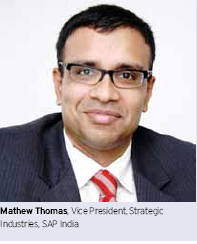 Developed countries of the world typically have moved from basic services to a more evolved set. This has necessitated a critical look at their existing service delivery architecture.Systems are being re-architectured, workload balancing and service provisioning are being virtualized with the objective of providing a 24X7, Online Citizen self-service.
Developed countries of the world typically have moved from basic services to a more evolved set. This has necessitated a critical look at their existing service delivery architecture.Systems are being re-architectured, workload balancing and service provisioning are being virtualized with the objective of providing a 24X7, Online Citizen self-service.
what is your view on India’s readiness for Electronic Delivery of services?
The Government has been steadily strengthening the ecosystem which would make this service delivery secure, accountable and available. The Unique Identification project, incorporation of Digital Signatures through the Controller of Certifying Authorities, the proliferation of mobility in the telecommunications space and availability of wider bandwidth for Internet services have contributed steadily to arriving at a critical mass necessary for delivery of Electronic Services.
Please share your solution offering which can deliver e-Services efficiently?
SAP for Public Sector harnesses the latest technology to meet e-Governance Service Delivery requirements. These solutions enable end-to-end government processes, connecting citizen-facing applications, such as Web sites and portals, to back office functions. So you can automate processes, free resources, and create more value and satisfaction among constituents.
The various solutions offered by SAP in this domain are:
Constituent services solutions that allow government to offer citizens and businesses a wide range of services including requests for licenses and permits, simple informational responses and complex tax return processes.
Integrated case management solutions which enable Governance entities to consolidate, manage and process information on complex issues across various governmental case processes,from social welfare services, to tax payer services, to homeland security.
Public security solutions designed to support the specific processes necessary for homeland security, including border security, emergency preparedness and response, countermeasures, information analysis and external coordination.
Technology changes faster than anything? Do you think Government is matching pace with that?
The Government of India, through its Interoperability Framework for e-Governance in India and the various technology advisory committees is fast evolving a procurement, commissioning and delivery strategy that takes care of technological obsolescence, technology interoperability, technology standards and service delivery agreements.
The evolution of shared services and Public Private Partnership models in the last few years have effectively addressed some of the burning issues with regard o technological obsolescence,but there is still a lot that is desired around interdepartmental cooperation. This area typically affects the collaborative outcomes and hinders the efficacy of the electronic delivery of Services.
Please shed some light on Indian vs. global scenario related to EDS?
Developed countries of the world typically have moved from basic services to a more evolved set. This has necessitated a critical look at their existing service delivery architecture. Service Orientedness, Identity Management & Biometrics, enhanced electronic document security are key issues that are being addressed. Enhanced Mobility, Quality of Service, Archival, Remote Data acquisition and Fine-grained Auditing have become imperative. Linkages to external applications and process flexibility that can incorporate rapid changes in legislations and demand-side governance are some of the key areas that are being revisited.
Overseas Consular services, Disaster Mitigation, Crisis Management, Rapid Evacuation, National Help-line and Call-Center services are being integrated at a process level to provide better quality of service. Innovative technologies in the area of Optical Recognition, Geo-positioning and Secure tagging are being integrated to increase situational awareness and crisis response.
what policy and technology hurdles can retard the progress of e-Services’ process?
The challenge lies in identifying the right basket of citizen services to be delivered. While many Central and State level agencies have identified the delivery scope – many are grappling with services that require process and data integration across the 27 mission mode projects.
what are the challenges upfront?
Typically, citizen interaction and processes often span over many agencies /departments, resulting in cross-related cases and cross-related data. There’s a perceptible lack of holistic view of services and citizens.
Data or processes of siloed applications are not cross referenced. Single view on citizen (interaction history, data such as payments, address, documents) is not always available, resulting in a poor knowledge about the citizen resulting in poor quality of services. This is in spite of the progresses we have made in the area of deploying e-governance applications at major departments. Therefore a unified, cross-departmental visibility is essential to move forward.
The other aspects that are very critical in the overall delivery of services are that of Data privacy and compliance.
what should be the delivery channel and interface for rural and urban citizens?
We need to consider two things, the rural population and the last mile connectivity. The administrators have been grappling with the enormity of these problems for long. But the manifold increase in tele-density in rural India in the wake of the mobile revolution has given the cause of Mobile governance in India, a shot in the arm.
Global Perspective
Singapore is among those countries, which has been successfully delivering e-service. Infocomm Development Authority of Singapore (IDA), Singapore Government’s spokesperson shared their experience on electronic delivery of service
The delivery of electronic services (e-services) in Singapore ever since 2000 has been guided by various e-Government master plans, developed in tandem with the national infocomm master plans. This began with the e-Government Action Plan in 2000 and has evolved into the current iGov2010. Over the years, the Master plans have sought to integrate both backend and frontend systems and processes to facilitate a seamless experience for users. To date, the Singapore government has rolled out some 1,600 online services and 300 mobile services.
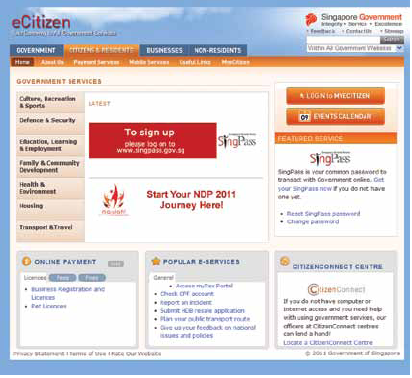
One such example is the eCitizen Portal (www.eCitizen.gov.sg) which provides a single access point to allow Singapore citizens and business owners to access all the government information and services online, so as to deliver convenience and benefits to all individuals who live, work and play in Singapore.
Through the eCitizen portal, citizens can interact online with the government on a vast range of matters 24 hours a day, seven days a week. The portal is organised into seven broad “eTowns” that cover various aspects of their lives and link back to the respective government agencies that provide the required services.
The development and deployment of government e-services has transformed the way the Singapore government delivers public services, offering a 24×7 service model and allowing the seamless integration of some services. Internally within the public sector, this has reaped benefits in terms of greater efficiency through integration. The government’s investment in such services has also led to greater innovation in the industry.
While individual government agencies re responsible for offering their respective e-services, there are some common enablers that could facilitate easier and faster e-service development. Common enablers, such as a national authentication system (SingPass) and shared infrastructure and services (Government Data Centre and shared hosting platform) allow government agencies to quickly and effectively deploy their e-services.
In implementing e-services, particularly integrated multi-agency services, strong leadership and buy-in from agencies are important. Agencies will need to look beyond agency-specific interest and adopt a whole-of-government approach and perspective, with the end goal of benefitting and-users. The Online Business Licensing Service (OBLS) project that was led by the Ministry of Trade and Industry (MTI) and Infocomm Development Authority of Singapore
(IDA), was exemplar of such multiagency cooperation, where more than 250 business licences of more than 30 agencies were reviewed. Internal approval processes were streamlined to reduce the average processing time.
Today, the OBLS offers more than 80 licences across 17 agencies for online integrated application and allowed more than 80 percent of all start-ups, or close to 30,000 businesses annually, to apply for licences with ease.
Data security in any online service is ofutmost importance. Singapore e-services are typically designed and implemented with the necessary security measures and processes to ensure appropriate protection.
Be a part of Elets Collaborative Initiatives. Join Us for Upcoming Events and explore business opportunities. Like us on Facebook , connect with us on LinkedIn and follow us on Twitter, Instagram.
"Exciting news! Elets technomedia is now on WhatsApp Channels Subscribe today by clicking the link and stay updated with the latest insights!" Click here!




